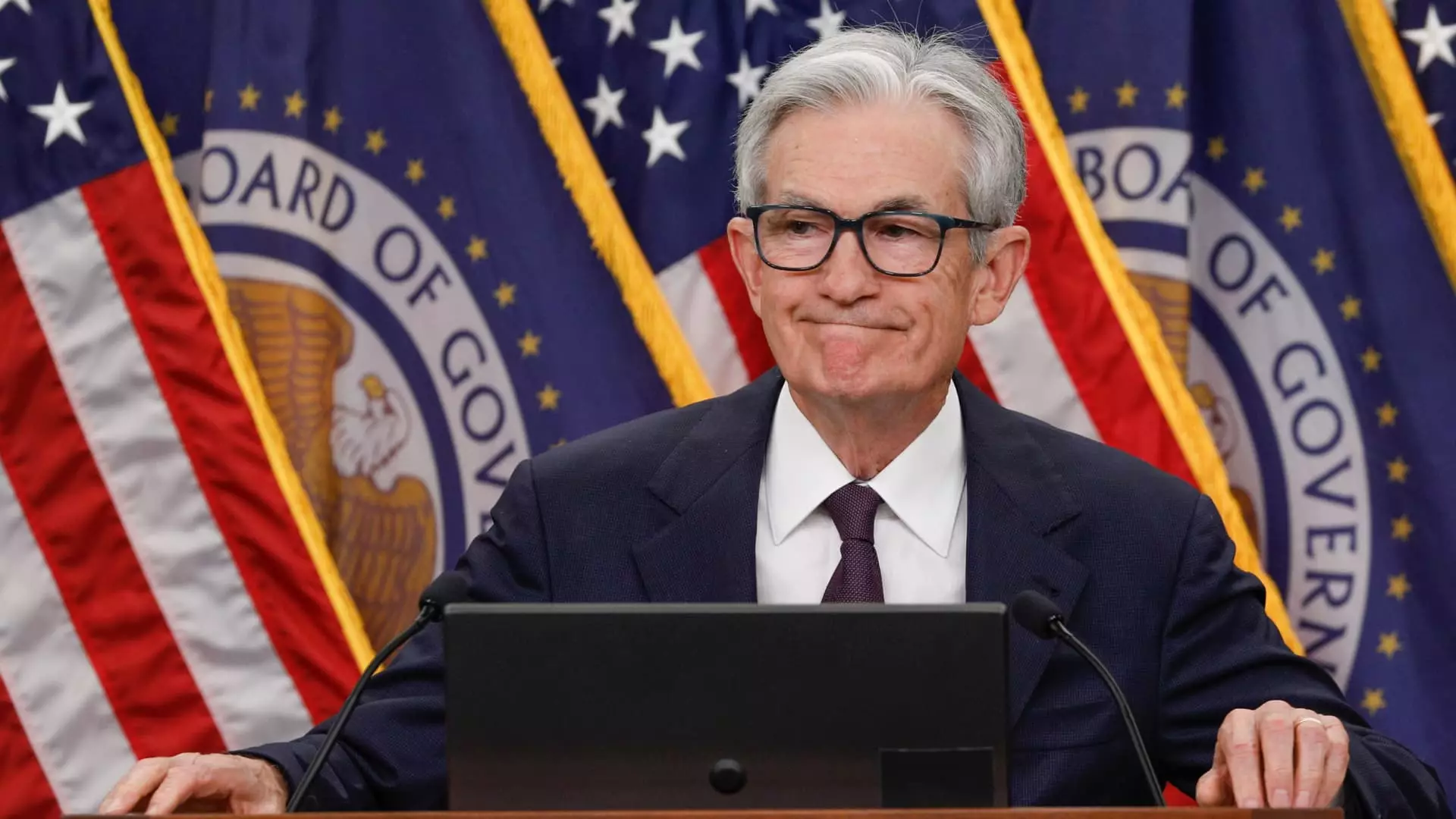The landscape of U.S. monetary policy is once again splintered by political pressures, and Jerome Powell, the Chair of the Federal Reserve, finds himself at the epicenter. As he prepares for his semiannual testimony on Capitol Hill, there’s an unmistakable sense of urgency permeating the air, one that hints at a significant inflection point for economic policy.
Unlike the traditionally insulated environment in which the Federal Open Market Committee (FOMC) operates, the limelight of political scrutiny has intensified, driven by external pressures from the White House and escalating demands from within the ranks of the Fed itself. This intersection of politics and economics highlights a fractious relationship between the central bank and elected officials, particularly as Powell faces not only President Trump’s directives but also dissenting voices within the Federal Reserve. With emerging calls for lower interest rates, Powell must navigate an increasingly volatile landscape fraught with expectations and tensions.
The Shifting Economic Narrative
Previous assumptions regarding the Fed’s autonomy are rapidly being challenged. In recent days, both Fed Governor Michelle Bowman and Governor Christopher Waller, notable for their ties to the Trump administration, have suggested that there might be a case for easing monetary policy. Their statements create ripples of uncertainty, not only within financial markets but also in terms of the cohesion of the FOMC’s messaging. The simple fact that two Republican-leaning governors are advocating for a shift toward lower rates adds a layer of complexity to Powell’s narrative of patience.
There’s an odd juxtaposition of views among Fed officials; while some are leaning towards the case of rate cuts, Powell himself has reiterated his stance for patience as we bear witness to the long-term effects of tariffs and other economic factors. This contradiction creates confusion not only among investors but also amongst lawmakers, who are eager to capture the attention of their constituents with calls for action.
Market Reactions and Expectations
The financial community is holding its breath, with futurists predicting a 23% chance for a rate cut as soon as July, while the odds leap to an impressive 82% for September. This reflects a significant shift in sentiment, demonstrating that market participants are wary of the pressures being placed on the Fed. Such confidence raises a critical question: is the reduction of interest rates the panacea that markets are seeking?
While the prospect of lower rates may stimulate immediate financial activities, it can also lead to convoluted outcomes. Previous experiences, such as the awkward bond market response when the Fed implemented substantial rate cuts from September to December last year, serve as a stark reminder that the relationship between interest rates and economic growth isn’t straightforward. When policy moves are overly aggressive, they could fuel inflationary expectations rather than alleviate them, especially when investors anticipate faster growth in the economy. The push for immediate action must be tempered with an understanding of these dynamics.
The Challenges of Independence
Powell’s testimony isn’t simply a procedural formality; it is a battleground for the future direction of monetary policy under external and internal examination. The continued insistence from political figures suggests an erosion of respect for the Fed’s independence, an institution designed to function free from day-to-day political influences. This is alarming. If the Fed becomes a mere tool for political advantage, how can it uphold its mandate of managing inflation and stabilizing employment without compromise?
Prominent voices in the economic community, such as Jai Kedia from the Cato Institute, have labeled the administration’s demands for significant cuts as “irresponsible,” underscoring an observation that monetary policy is not about alleviating federal borrowing costs. Rather, it’s about creating a stable macroeconomic environment. Allowing political motivations to dictate monetary strategy could not only prove detrimental to the Fed’s credibility but could potentially destabilize the broader economy.
The Risk of Economic Reputation
The most pressing concern during this turbulent period may indeed be the Fed’s reputation in the eyes of the public and investors. If Powell succumbs to pressures for dramatic cuts, there’s a palpable risk that the Fed will lose its long-held position as a bastion of economic stability. When confidence in the central bank is shaken, the effects ripple through all aspects of economic growth, making it even more challenging to implement sound policy in the future.
The balance is delicate. While interest rates do need to be assessed against current economic conditions, any shifts must be justified by empirical data and sound judgment, not merely political whims. The Fed’s credibility hangs in the balance as Powell prepares to navigate this intricate web of expectations and confrontations on Capitol Hill. As the central bank grapples with mounting pressures, it must remain resolute in its commitment to fostering an economic environment conducive to sustainable growth, rather than reactive measures dictated by unfounded demands.

